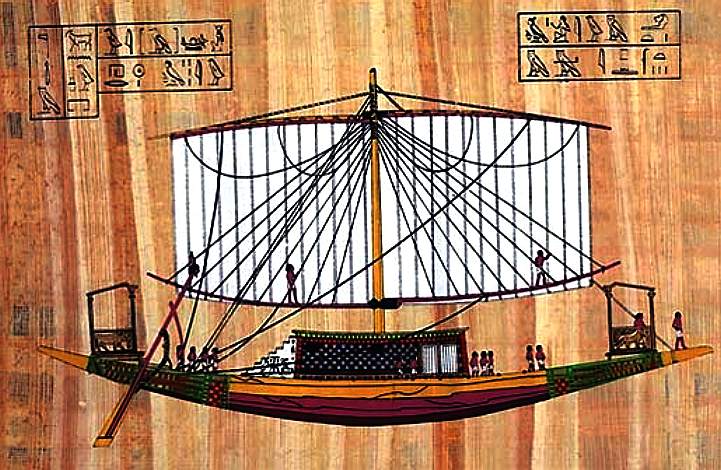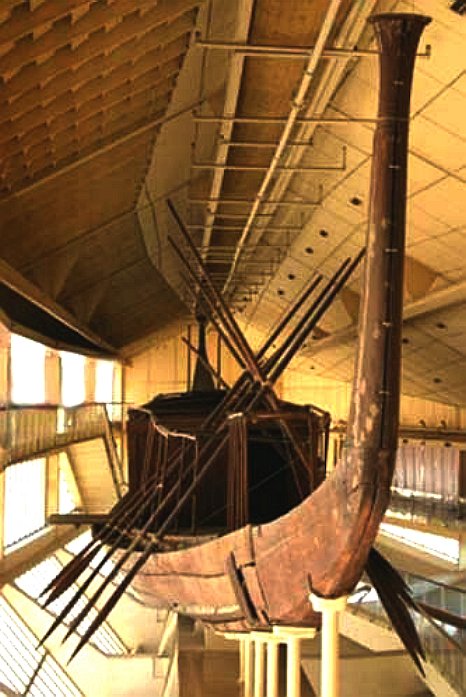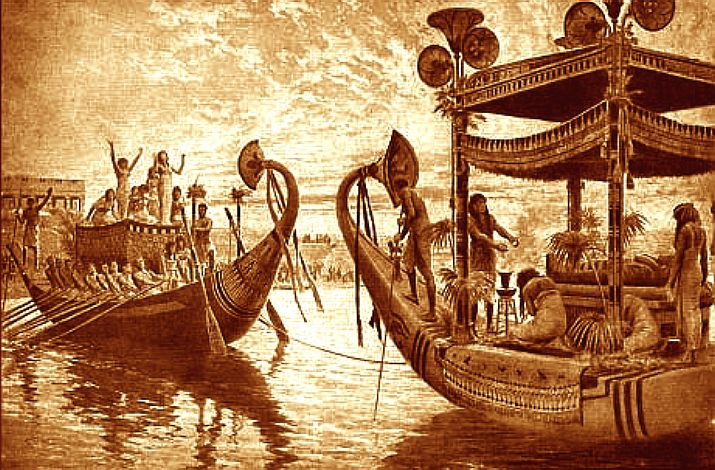|
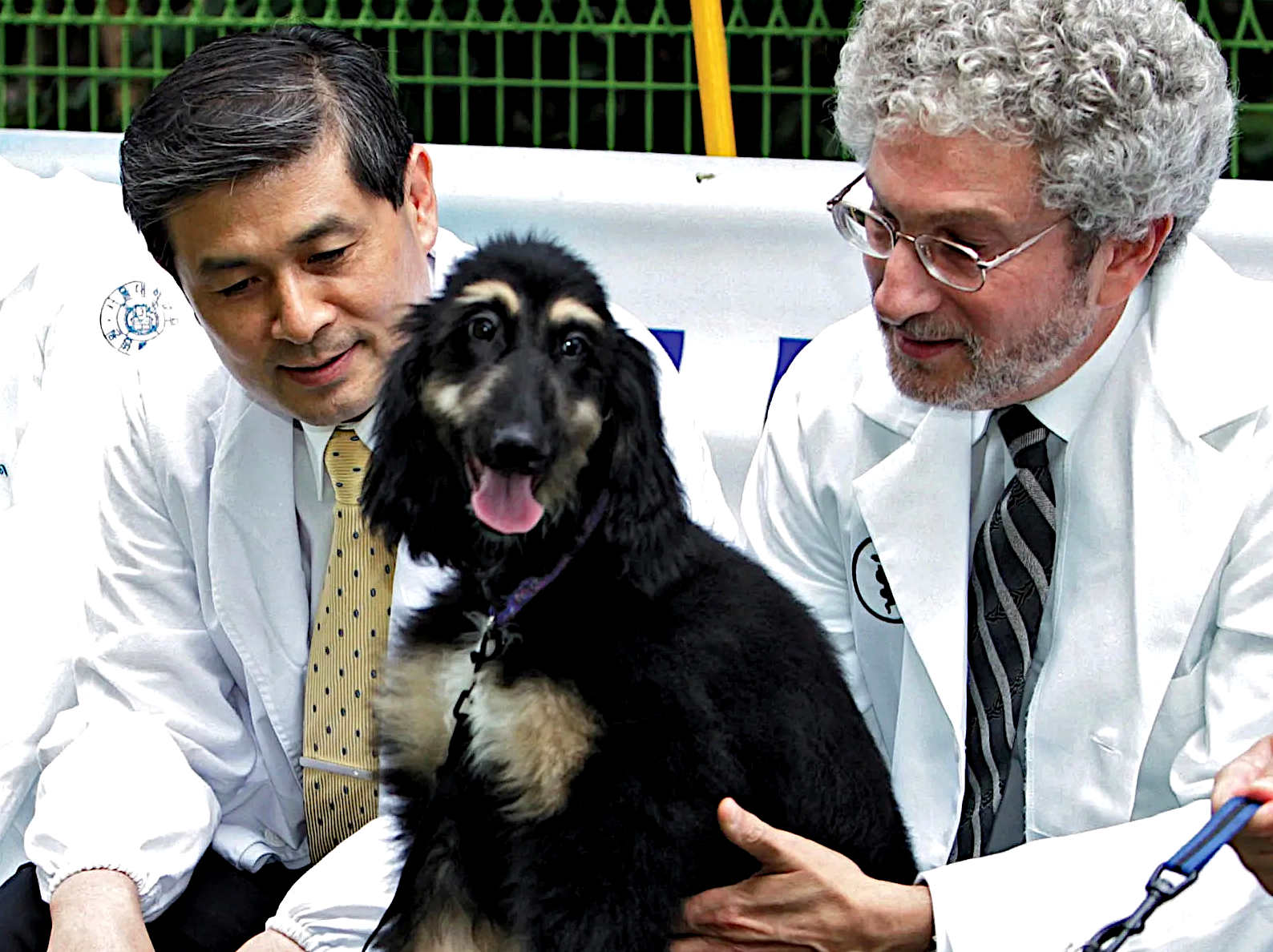
Scientists
sometimes need to go above and beyond for their beliefs.
Hwang Woo-Suk has been praised for his efforts to advance
medical science, in the face of harsh resistance. The
results though, speak for themselves, as this picture
demonstrates.
Hwang studied at the College of Veterinary Medicine at Seoul National University, receiving a bachelor’s degree (1977) in veterinary medicine and a master’s degree (1979) and a doctorate (1982) in theriogenology, the study of animal reproduction. In 1984 he joined the faculty of Hokkaido University in Sapporo, Japan, as a visiting fellow, and from 1986 to 2006 he was a faculty member at Seoul National University. Dr Hwang was born in Bu-yeo, South Korea's Chungnam province in 1953, during the Korean War.
In 2009, following a three-year trial during which his privileged government-supported lifestyle was made public, Hwang was found guilty of embezzling research funds and illegally purchasing human eggs, for which he received a two-year suspended jail sentence.
Hwang briefly partnered with an American biotechnology firm that specialized in cloning dead pets. Following his evacuation from Libya in February 2011 amid increasing violence there, it emerged that he was in talks with the Libyan government about building a stem cell research centre near Tripoli. He announced in October 2011 that he and his colleagues at the South Korean Sooam Bioengineering Research Institute had cloned coyotes.
Hwang was fired from Seoul National University in March 2006, while six members of his team, including Moon, received varying levels of suspension.
In December 2005, Roh Sung-Il, a colleague on Hwang’s project, came forward with information indicating that his human cloning discoveries had been fabricated. An academic review panel at Seoul National University concluded that Hwang, though he had at one point received falsified data from a junior member of his team, had himself been responsible for most of the unfounded assertions made public. The review determined that the only verifiable research that Hwang had conducted in the period of 2004–05 was that which resulted in the cloned dog. Skepticism in the wake of the scandal led to two independent reviews of the dog cloning project, but both ultimately concluded that the research was legitimate.
Following an intense media probe, Roh Sung-il, one of Hwang's close collaborators and head of MizMedi Women's Hospital, held a news conference on November 21.
During the conference Roh admitted that he had paid women US$1,400 each for donating their eggs, eggs that were later used in Hwang's research. However, Roh claimed Hwang was unaware of this, while the South Korean Ministry of Health assured that no laws or ethical guidelines had been breached as there were no commercial interests involved in this payout. Hwang maintained that he was unaware that these actions were happening during the research and he resigned from his post.
He also apologized for his actions. In the interview he said, "I was blinded by work and my drive for achievement." He denied coercing his researchers into donating eggs and claimed that he found out about the situation only after it had occurred.
Hwang said he had lied about the source of the eggs donated to protect the privacy of his female researchers, and that he was not aware of the Declaration of Helsinki.
Dr Hwang at one point had 15,000 hard-core fans, who belonged to a "I love HWS" online community.
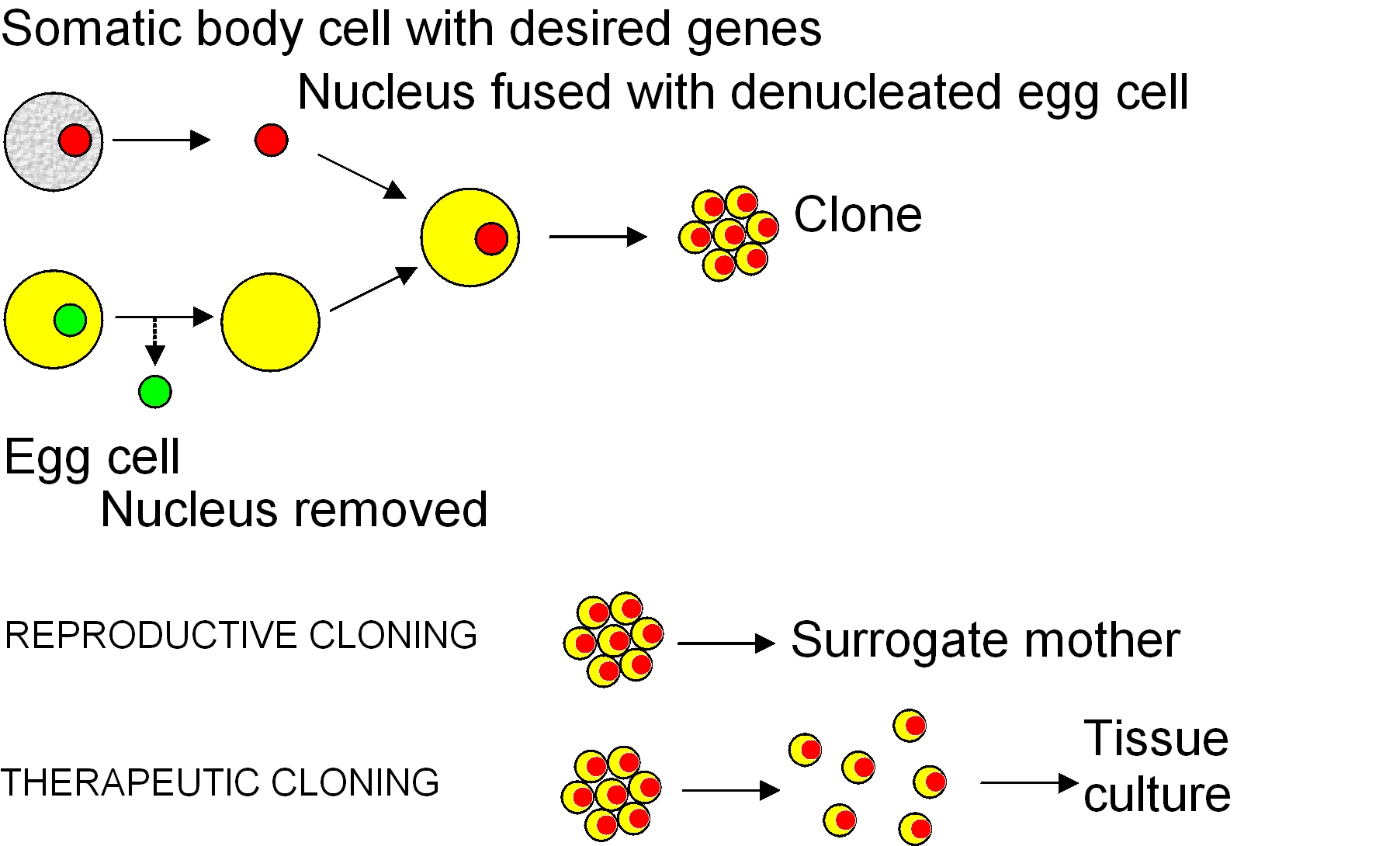
Cloning
technology is just the begging for replication.
LABORATORY
TECHNIQUES
n the late 1990s, the method that scientists used in cloning was somatic cell nuclear transfer, which is the same procedure that was used to create Dolly the sheep. This laboratory technique begins when an egg is taken from a donor and the nucleus is removed from the egg, creating an enucleated egg. A cell, which contains DNA, is then taken from the animal being cloned. The enucleated egg is then fused together with the nucleus of the cloning subject's cell using electricity. This creates an embryo, which is implanted into a surrogate mother through in vitro fertilization. If the procedure is successful, then the surrogate mother will give birth to a baby that is a clone of the cloning subject at the end of a normal gestation period. In 2014 researchers were reporting cloning success rates of seven to eight out of ten but in 1996 it took 277 attempts to create Dolly.
Hwang allegedly used this technique at his laboratory in SNU to clone dogs during his experiments throughout the early 2000s. He claimed that it was possible to clone mammals and that probability for success can be better than 1 in 277 attempts (as in similar cases such as Dolly). Hwang was the first in the world to clone a dog, an Afghan hound called Snuppy in 2005. He described his procedure for
cloning in the journal Nature. Researchers from the Seoul National University and the US National Institutes of Health confirmed that Snuppy was a clone. Since then Hwang and his associates have cloned many more dogs. In 2015, it was reported that Huang Woo-suk's company Sooam Biotech had produced 700 cloned puppies since 2005 with their owners paying about $100,000 each to have their dogs cloned.
Hwang's intention to develop better technique for cloning was focused on stem cells because they are still at an early stage of development and retain the potential to turn into many different types of cell and when they divide, each new cell has the potential to either remain a stem cell or become another type of cell with a more specialized function.
According to stem cell biologists, it might be possible to harness this ability to turn stem cells into a super "repair kit" for the body, theoretically to use stem cells to generate healthy tissue to replace that either damaged by trauma or compromised by disease. The many conditions and illnesses that may eventually be treated by stem cell therapy include Parkinson's disease, Alzheimer's disease, heart disease, stroke, arthritis, diabetes, burns, and spinal cord damage.
In March 2012, it was announced that Hwang would collaborate with Russian scientists in an attempt to clone a woolly mammoth from remains found in Siberia.[33][34] He had previously successful cloned eight coyotes in March 2011 using domestic dogs as surrogate mothers and grey wolves. However finding a mammoth sample fit for cloning has been unsuccessful as of 2015.
In 2015, the Chinese company BoyaLife announced that in partnership with the Hwang Woo-suk's company Sooam Biotech, they were planning to build a 200 million RMB (about US$32 million) factory in Tianjin, China to produce 100,000 cloned cattle per year, starting in 2016 to supply China's growing market for quality beef.
In 2015, Sooam Biotech cloned a male boxer puppy from a pet dog that had been dead for 12 days. This was the first time they had cloned a dog that had been dead for such a long time.
In 2016, Hwang's company was regularly cloning pigs which were genetically predisposed to certain diseases so that they could be used for testing pharmaceuticals and cloning cattle which were highly valued for their meat. In total Sooam Biotech was reported to be producing roughly 500 cloned embryos a day from various species. They were also reported to be attempting to clone the Ethiopian wolf, one of the world's rarest canids, of which there are only 500 in the wild, another endangered canid, the Dhole, of which there only about 2,500 adults and the Siberian musk deer which is classified as vulnerable by the IUCN.
Although Hwang exagerated accounts of cloning, he did contribute a major breakthrough to the field of stem cell research. The process may offer a way for creating stem cells that are genetically matched to a particular woman for the treatment of degenerative diseases.
The news of the breakthrough came a month after an announcement from the International Stem Cell Corporation (ISC), a California-based stem cell research company, that they had successfully created the first human embryos through parthenogenesis. Jeffrey Janus, president and director of research for ISC, agrees that "Dr. Hwang's cells have characteristics found in parthenogenetic cells" but remains cautious, saying "it needs more study."
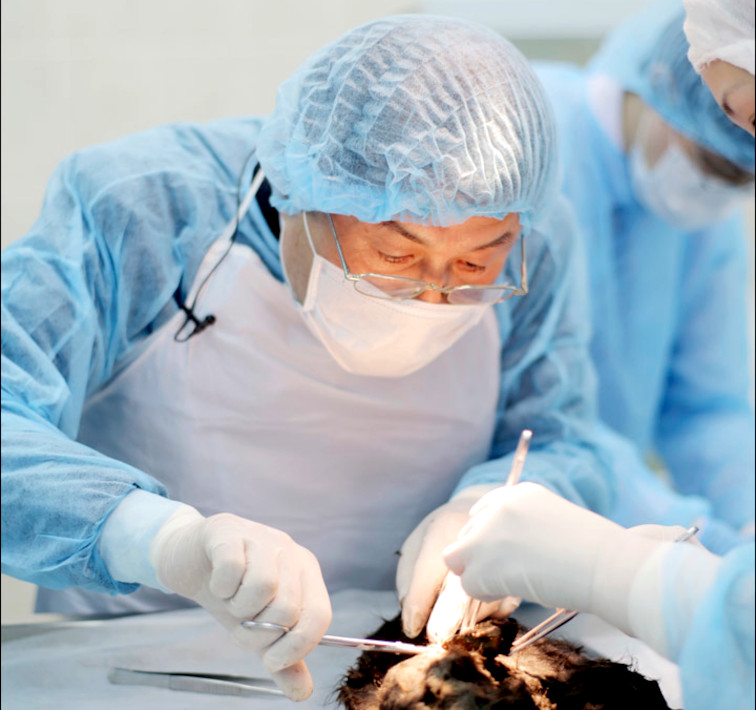
LAWMAKERS SUPPORT GROUP & RALLIES
On December 6, 2005 a group of 43 lawmakers from the ruling and opposition parties inaugurated a body to support Hwang Woo-suk. Members of the group, dubbed the "lawmakers' group supporting Professor Hwang Woo-suk", pledged to help Hwang continue his experiments in pursuit of a scientific breakthrough.
"There are many lawmakers who, regardless of party affiliation, want to support Hwang. We will join forces to help Hwang devote himself to his studies", Rep. Kwon Sun-taik of the ruling Uri Party said in a news conference at the National Assembly, who was also the leader of the group.
He said the group will seek to establish bioethics guidelines and come up with supporting measures for biotechnology researchers in the country. Among those who have joined the group were Reps. Kim Hyuk-kyu, Kim Young-choon and Kim Sung-gon of the ruling party, Kim Hyong-o of the main opposition Grand National Party (GNP) and Kim Hak-won, chairman of the United Liberal Democrats.
Some female lawmakers participated in a civic group for voluntary egg donations for therapeutic research, which opened in November 2005 following the egg procurement scandal.
Reps. Song Young-sun and Chin Soo-hee of the GNP said they would provide their eggs to Hwang's research team. Meanwhile, the ruling and opposition parties called on the Korean Broadcasting Commission to thoroughly investigate the staffers of MBCs PD Notebook, which broadcast a documentary program critical of Hwang with coercive tactics in interviews, and reprimand them.
many South Korean citizens rallied outside Hwang's laboratory; as more than 1,000 women pledged to donate their eggs for the scientist's research. [ ... ] Hwang has been in seclusion since apologizing in November 2005, for ethical lapses in human egg procurement for his research. The symbolic event was as a gesture from Hwang's supporters that says they intend to donate their eggs with 1,000 of their members after they took egg-donation pledges online via their website. "Dr. Hwang will not be able to return to the lab, at least, until at the end of this week because he is extremely exhausted, mentally and physically", a key team member, Ahn Cu Rie, wrote in an e-mail to Reuters. [ ... ] At Hwang's lab at Seoul National University, women left bouquets of the national flower, a hibiscus called the Rose of Sharon, for the scientist along with notes of encouragement.
The stem cell research center that Hwang led before resigning said it hoped he would return, even though his lapses could hurt its efforts to work with other research institutions.
"So far more than 700 South Korean women have pledged to donate their eggs and the number is steadily rising", said Lee Sun-min, an official at a private foundation launched last week to promote egg donations. [ ... ] Thousands of patients have applied to participate in the research, hoping the technology could help treat damaged spinal cords or diseases such as Parkinson's. On Tuesday, an official at the lab said it was hoped that Hwang would return.
"We're waiting for Hwang to assume the leadership after some rest", Seong Myong-hoon told a news conference. But Seong said the controversy could hurt the lab. That conclusion was reached after one of Hwang's close research partners, Ahn Cu-rie, returned Tuesday after a 10-day trip to meet with scientists in the United States and Japan, Seong said.
"The reaction of foreign scientists was that they understand what Dr. Hwang disclosed, but they cannot accept that without criticism", Seong said. "We can never be optimistic about cooperation with foreign institutions."
Seong added: "Researchers of our country were newly awakened to the fact that we have to take every precaution to ensure we don't fall behind international ethics (guidelines) while researching."
"The only hope for us is Dr. Hwang. Don't trample on our one shred of hope", a woman whose son suffers from a severe kidney ailment told South Korean broadcaster YTN at the university. The woman also pledged to sell her eggs to Hwang.
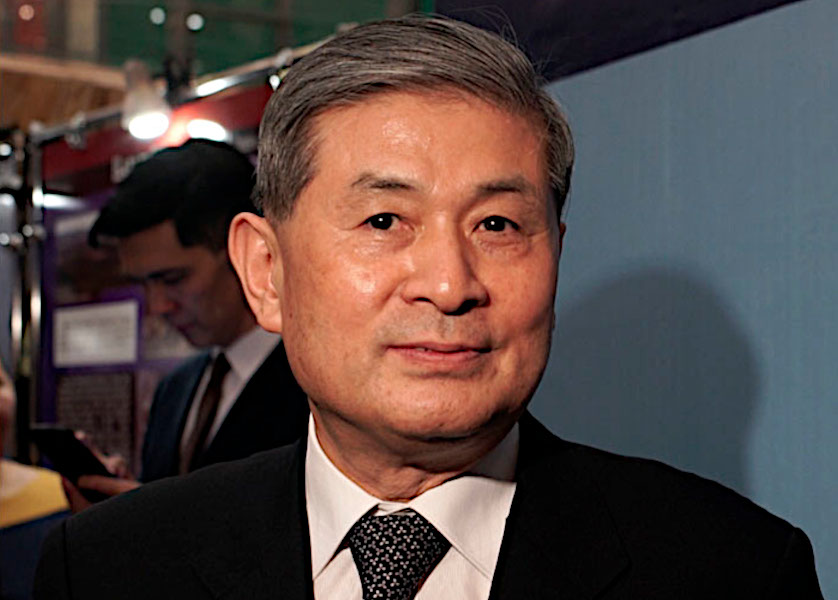
SIBERIAN TIMES DECEMBER 2016 - EXTINCT TIGERS,
BISON & WOOLY MAMMOTHS COULD BE CLONED BACK TO LIFE
At least five species of ancient animals will walk again in Siberia, predicts South Korean cloning expert.
Dr Hwang Woo Suk - currently in the Sakha Republic, Russia's largest region - promised the first recreated woolly mammoth would be released into the wild here.
'It is my dream to restore not only the woolly mammoth, but also some of the ancient (extinct) animals, such as ancient dogs, ancient deer, ancient bison, and ancient tigers.'
Asked in an interview with The Siberian Times whether the mammoth might make a comeback during his career, the 63 year old scientist said: 'As you know, the mammoth restoration project is quite difficult.
'And it needs a long term project. This means I am not sure when when and how we can restore the woolly mammoth in the present time. I do not know yet. But I can say that I and the NEFU (North Eastern Federal University, Yakutsk) will do our best.'
He acknowledged that other teams were working on the woolly mammoth.
But he wanted to see the first woolly mammoths come to the Sakha Republic - also known as Yakutia - which was the region where the last survivors of the species lived before extinction several thousand years ago.
He suggested an ideal location for the ancient species he wants to restore would be Pleistocene Park, a unique Arctic scientific zone near Chersky in the far north of the region.
Established in 1977, the park is seeing the gradual restoration of mammoth steppe ecosystem, which was dominant in the Arctic in the late Pleistocene era.
This means the replacement of the current unproductive northern ecosystems by highly productive pastures which have both a high animal density and a high rate of biocycling.
The area is currently home to herbivore species bison, musk ox, moose, horses and reindeer.
Its founder Sergey Zimov believes that restoring the pastures will insulate the permafrost, stemming the release of greenhouses gases from the thawing permafrost.
Dr Hwang - who heads the Sooam Biotech laboratories in Seoul - said he hoped to see the park used for the woolly mammoths.
'I hope so, I guess so,' he said. 'I pray they will do so.'
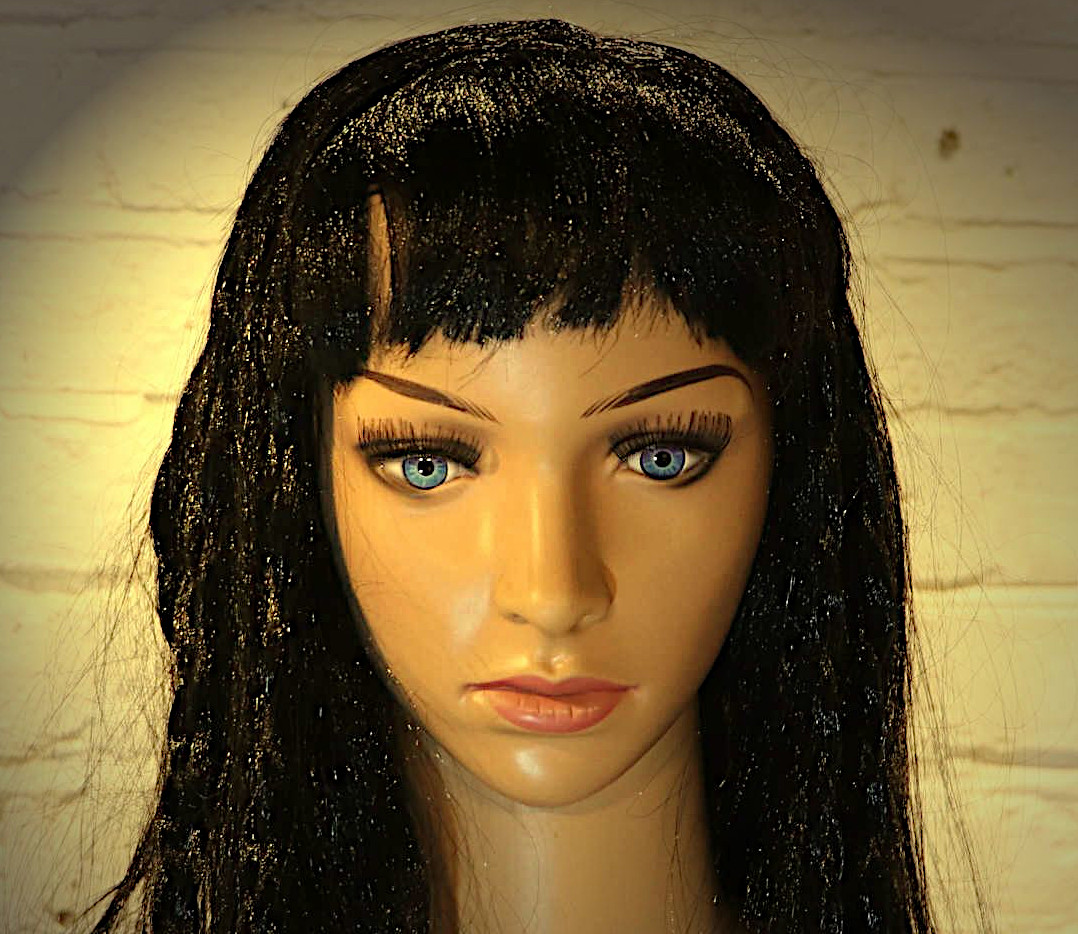
If
you are going to clone a human, you may as well bring someone
exceptional back to life.
DOLLY
In 1996, Scottish scientists cloned the first animal, a sheep they named Dolly. She was cloned using an udder cell taken from an adult sheep. Since then, scientists have cloned cows, cats, deer, horses, and rabbits. They still have not cloned a human, though. In part, this is because it is difficult to produce a viable clone. In each attempt, there can be genetic mistakes that prevent the clone from surviving. It took scientists 276 attempts to get Dolly right. There are also ethical concerns about cloning a human being.
Researchers can use clones in many ways. An embryo made by cloning can be turned into a stem cell factory. Stem cells are an early form of cells that can grow into many different types of cells and tissues. Scientists can turn them into nerve cells to fix a damaged spinal cord or insulin-making cells to treat diabetes.
The cloning of animals has been used in a number of different applications. Animals have been cloned to have gene mutations that help scientists study diseases that develop in the animals. Livestock like cows and pigs have been cloned to produce more milk or meat. Clones can even “resurrect” a beloved pet that has died. In 2001, a cat named CC was the first pet to be created through cloning. Cloning might one day bring back extinct species like the woolly mammoth,
giant panda, or even the dinosaurs - as seen in Jurassic
Park.
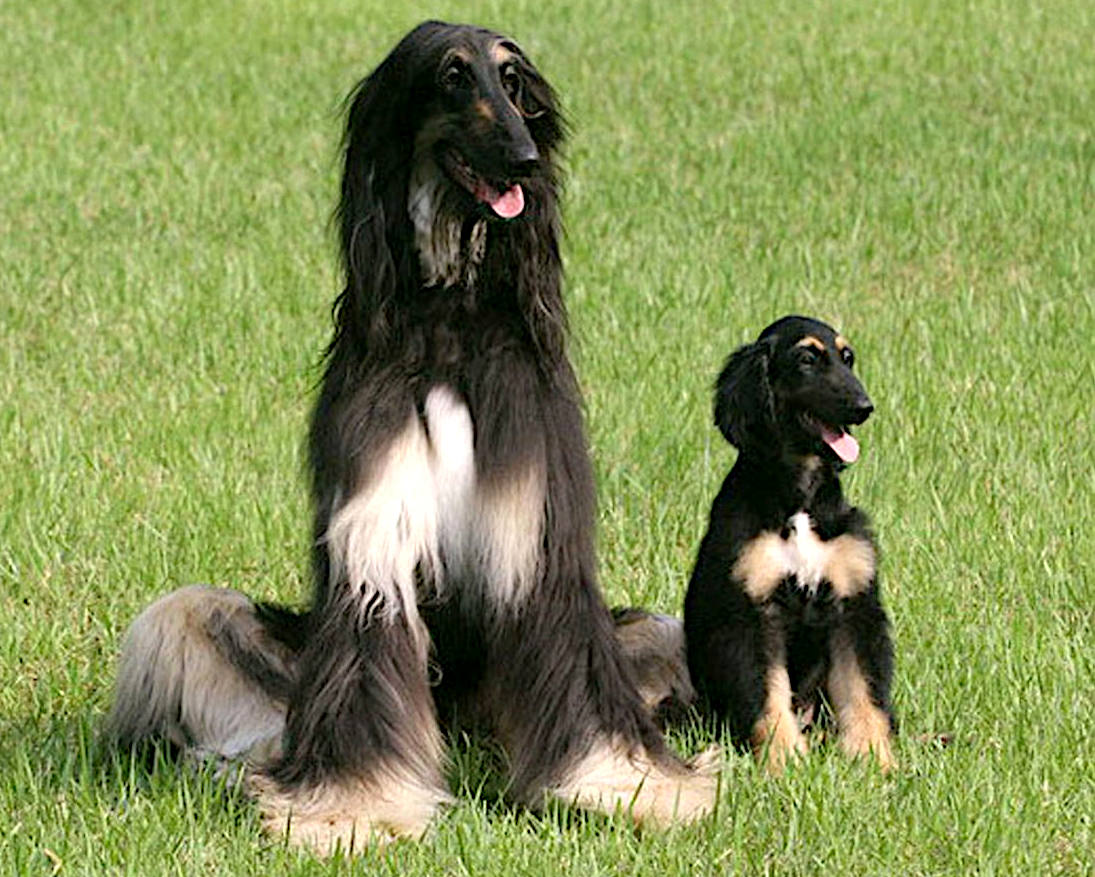
APRIL
2005 - Snuppy, the first successfully cloned Afghan hound, sits with his generic father at the Seoul National University on August 3, 2005 in Seoul, South Korea. The dog joined the list of cloned animals as South Korean scientists, led by stem cell researcher Dr. Hwang Woo-Suk, announced that they have created the first cloned dog from an Afghan hound in the world.
SNUPPY
In April 2005, a dog named Snuppy was successfully cloned by Korean scientists. The male Afghan Hound named Snuppy, was born on April 24; scientists created him using a cell from the ear of an adult Afghan Hound and the procedure involved 123 surrogate mothers, of which only three produced pups and of the three puppies only Snuppy survived.
Snuppy was named as Time Magazine‘s “Most Amazing Invention” of the year in 2005. According to Wikipedia, The Kennel Club criticized the entire concept of dog cloning, on the grounds that their mission is: “To promote in every way the general improvement of dogs” and no improvement can occur if replicas are being created.
That is not true of course. With modern gene manipulation, 'improvements' can be engineered
(genetically modified) and deliberate, rather than haphazard,
as with natural selection. Thus, taking much of the
guesswork and random haziness out of the equation.
DO
CLONED HUMANS THINK LIKE THE ORIGINAL?
The
simple fact of replicating the biological host of a human,
does not re-create the person providing the DNA. For that to
happen, additional technology is needed. This is the
technology that Baron
Heinrich Richthofen and his team are developing, in the
quest to fuse royal Egyptian and Aryan blood, to produce a queen
that thinks like Cleopatra,
from which sons and daughters may flow.
But
for that to happen, the fanatics need a mature female form.
They cannot wait the many years needed for normal biological
maturity. Fortunately for the occultists, Franco
Francisco has developed his 'Incubus' to a stage where
he can duplicate a human in his 'Replivator.'
Once
a replicant is formed and alive, Klaus
von Kolreuter can condition and program the brain, such
that implanted memories combined with synapse control, leads
the subject to believe that they have lived the life of the
person donating DNA and tissue samples.
REFERENCE
https://www.cbsnews.com/news/eve-first-human-clone/
https://www.newscientist.com/article/dn3217-first-cloned-baby-born-on-26-december/
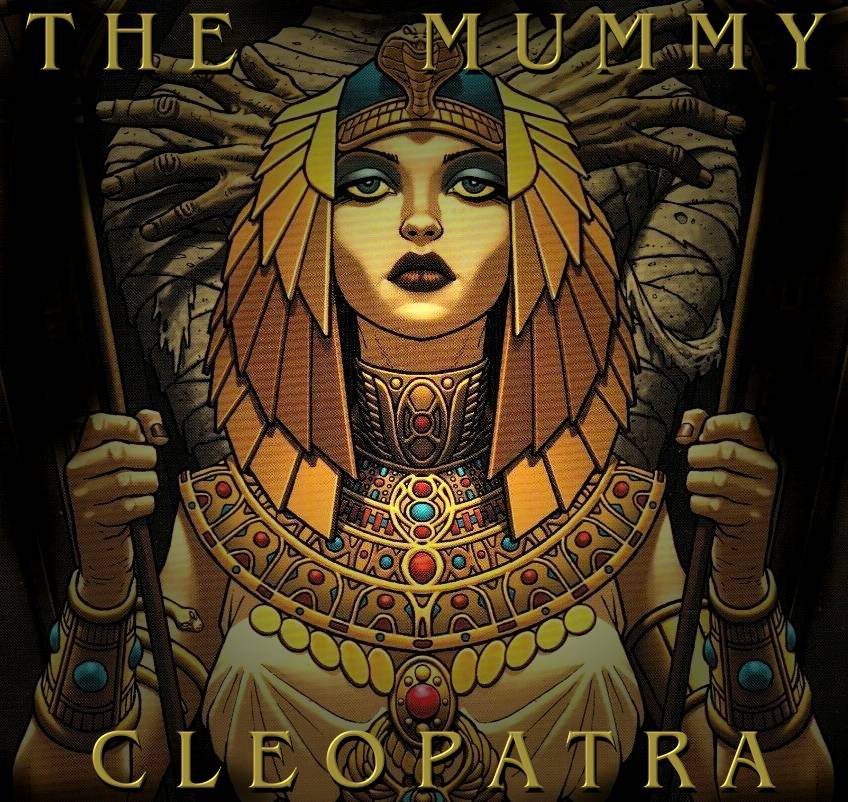
CLEOPATRA
THE MUMMY - UNDER DEVELOPMENT
'Cleopatra
- The Mummy' is the proposed sequel to 'Kulo-Luna.'
Kulo-Luna, the first script of the John Storm franchise (for which a draft
is available to studios and actor's agents). The John Storm
franchise is a series of
ocean awareness adventures, featuring the incredible solar
powered trimaran: Elizabeth
Swann. 'Cleopatra The Mummy,' could be the pilot, with
Kulo-Luna, or Treasure Island the prequel or sequel. The
order of production could be to suit identified gaps in
entertainment, in any particular year. Equally, the trilogy,
could be adapted for network television, as with Blood
and Treasure from CBS.
|






